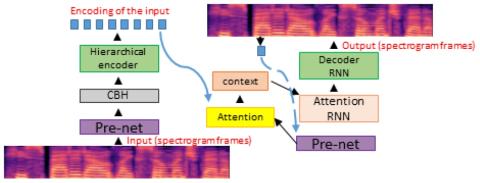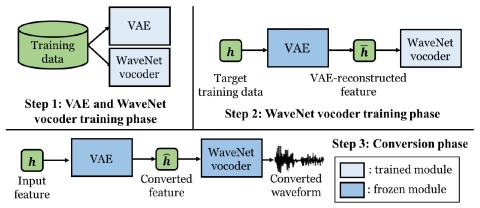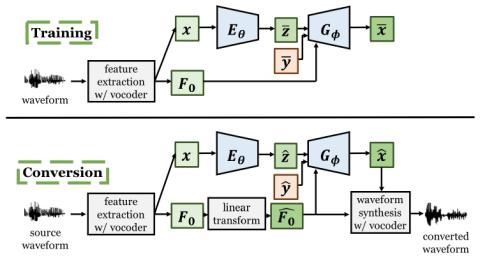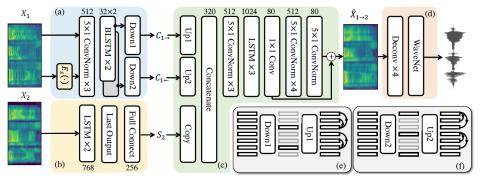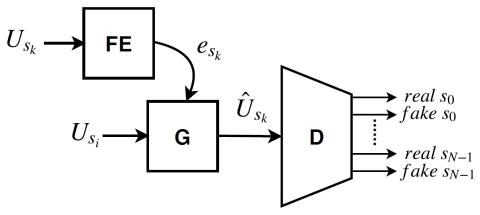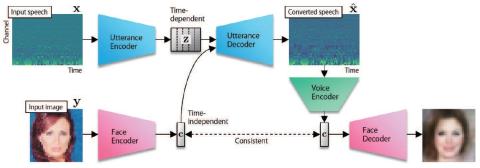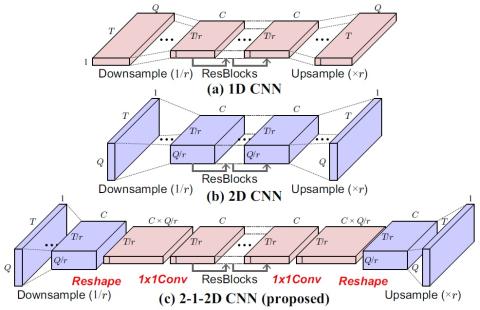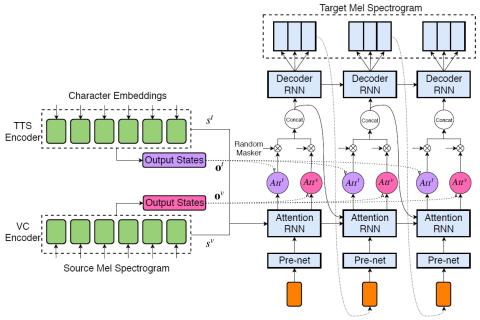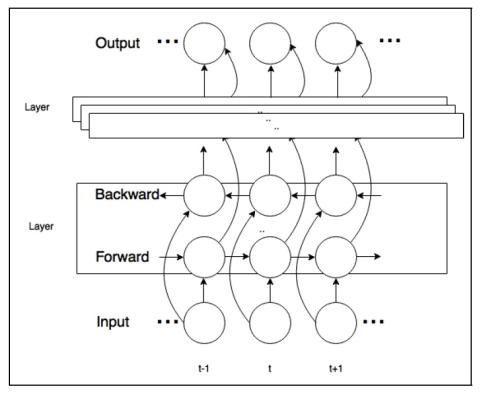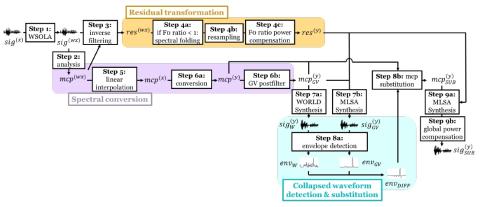
Generalization of Spectrum Differential based Direct Waveform Modification for Voice Conversion
We present a modification to the spectrum differential based direct waveform modification for voice conversion (DIFFVC) so that it can be directly applied as a waveform generation module to voice conversion models. The recently proposed DIFFVC avoids the use of a vocoder, meanwhile preserves rich spectral details hence capable of generating high quality converted voice. To apply the DIFFVC framework, a model that can estimate the spectral differential from the F0 transformed input speech needs to be trained beforehand. This requirement imposes several constraints, including a limitation on the...

